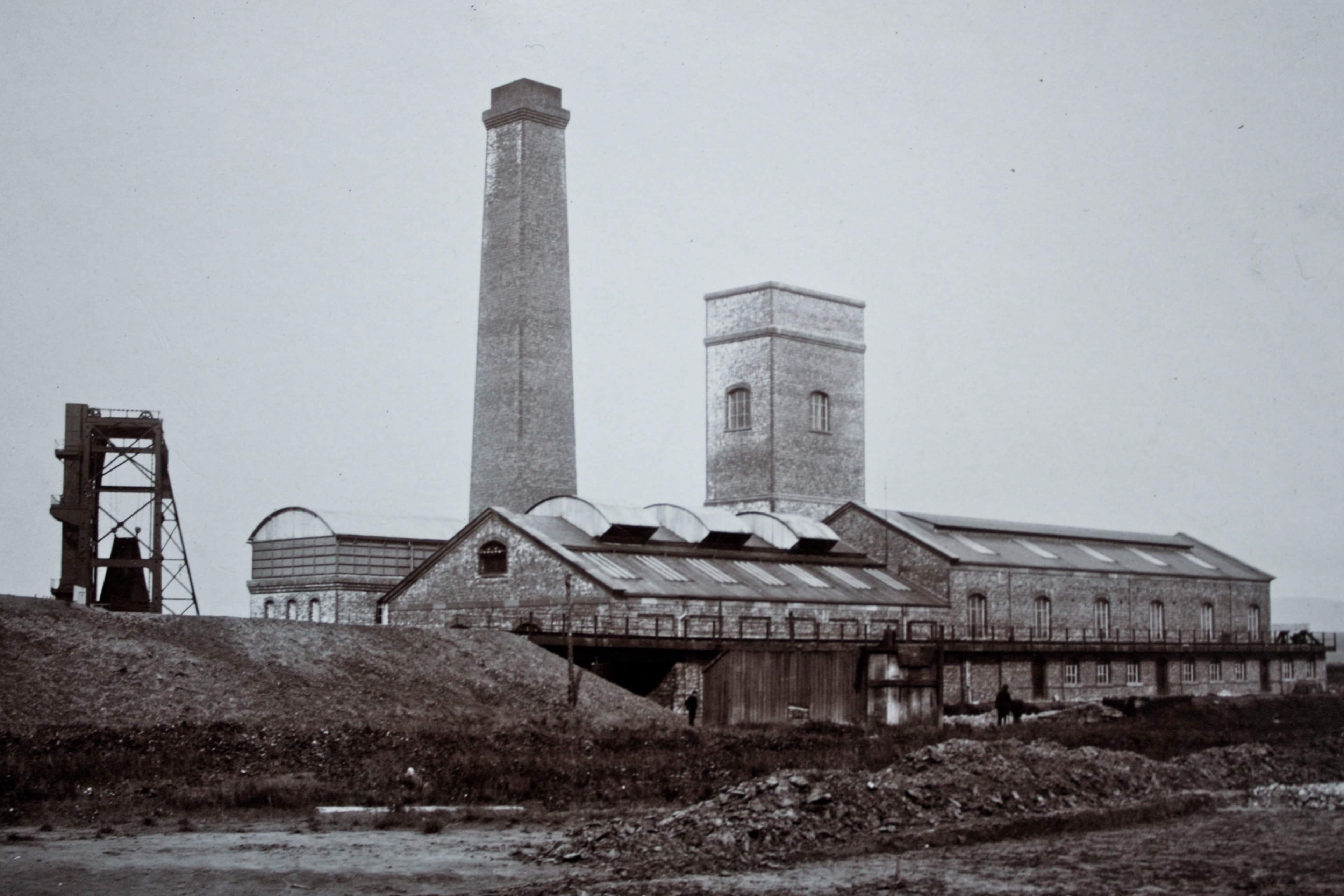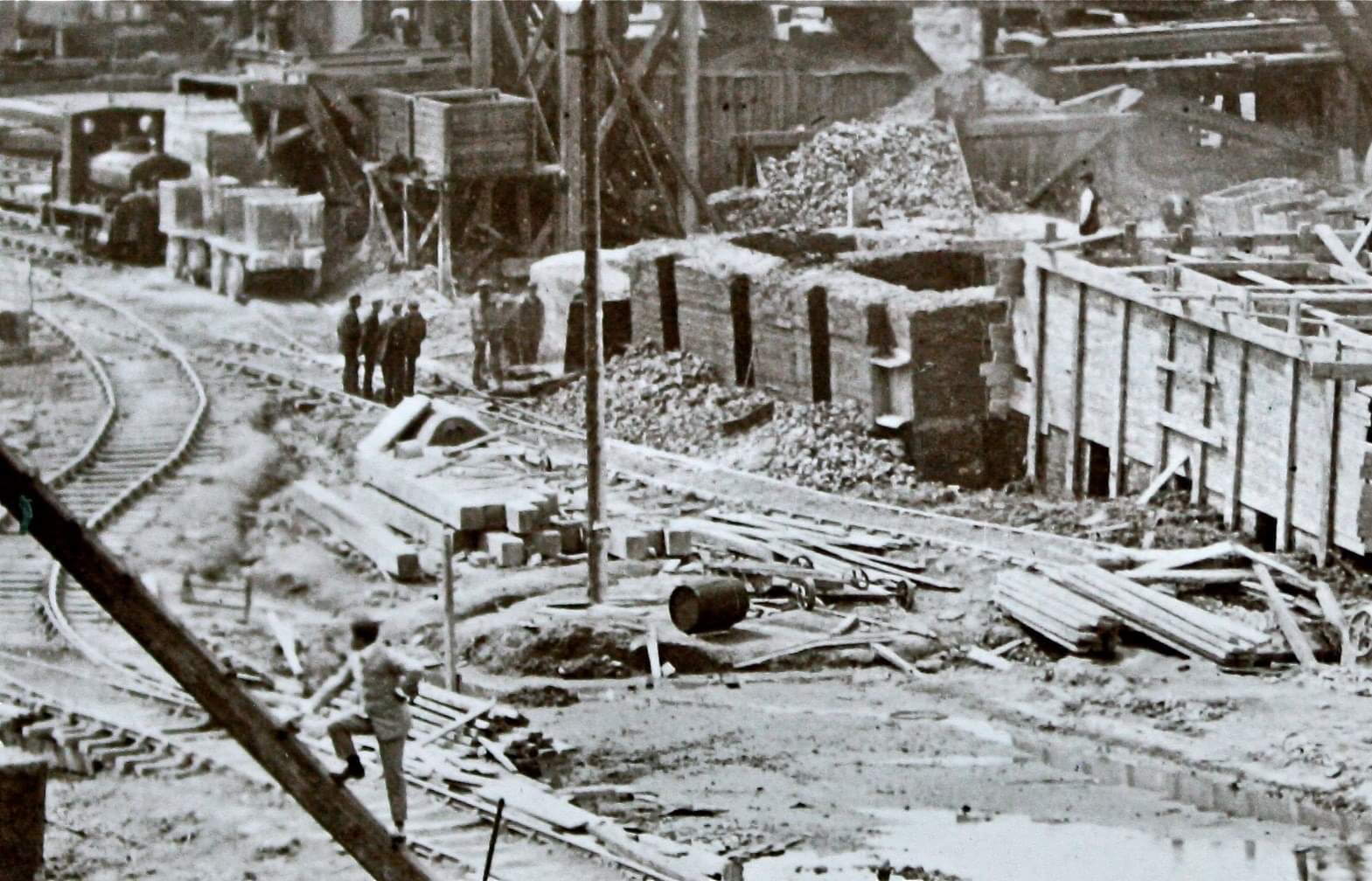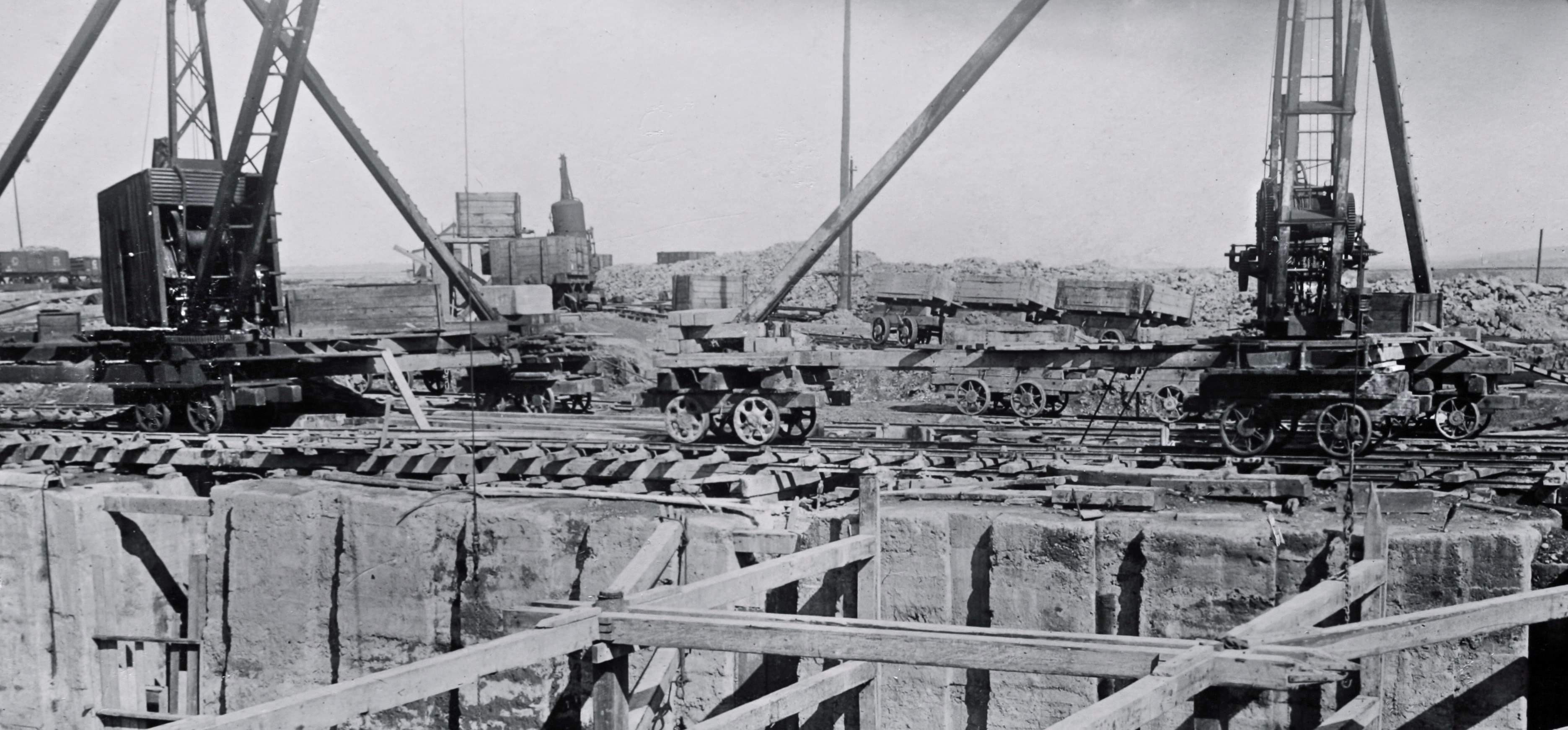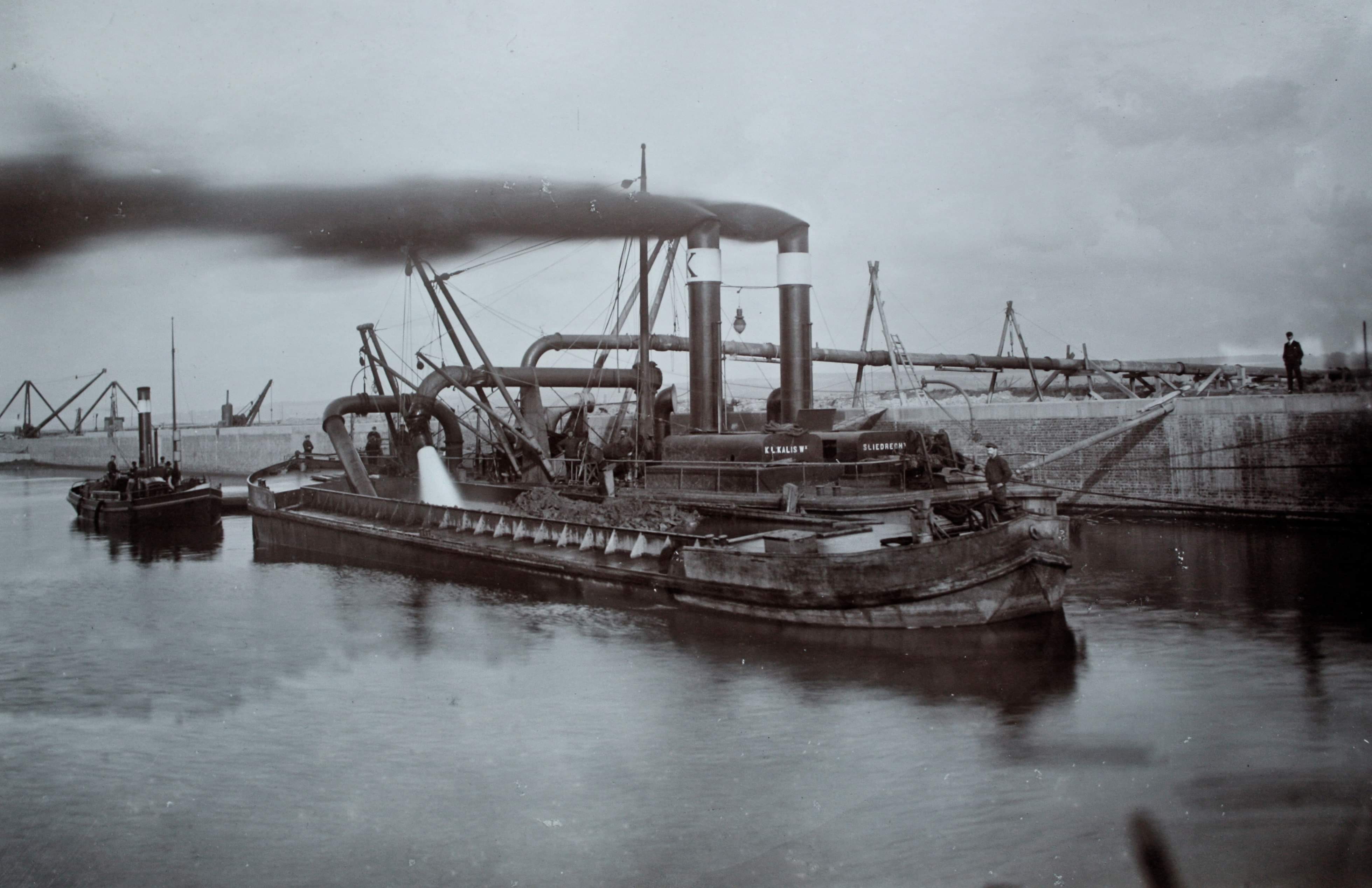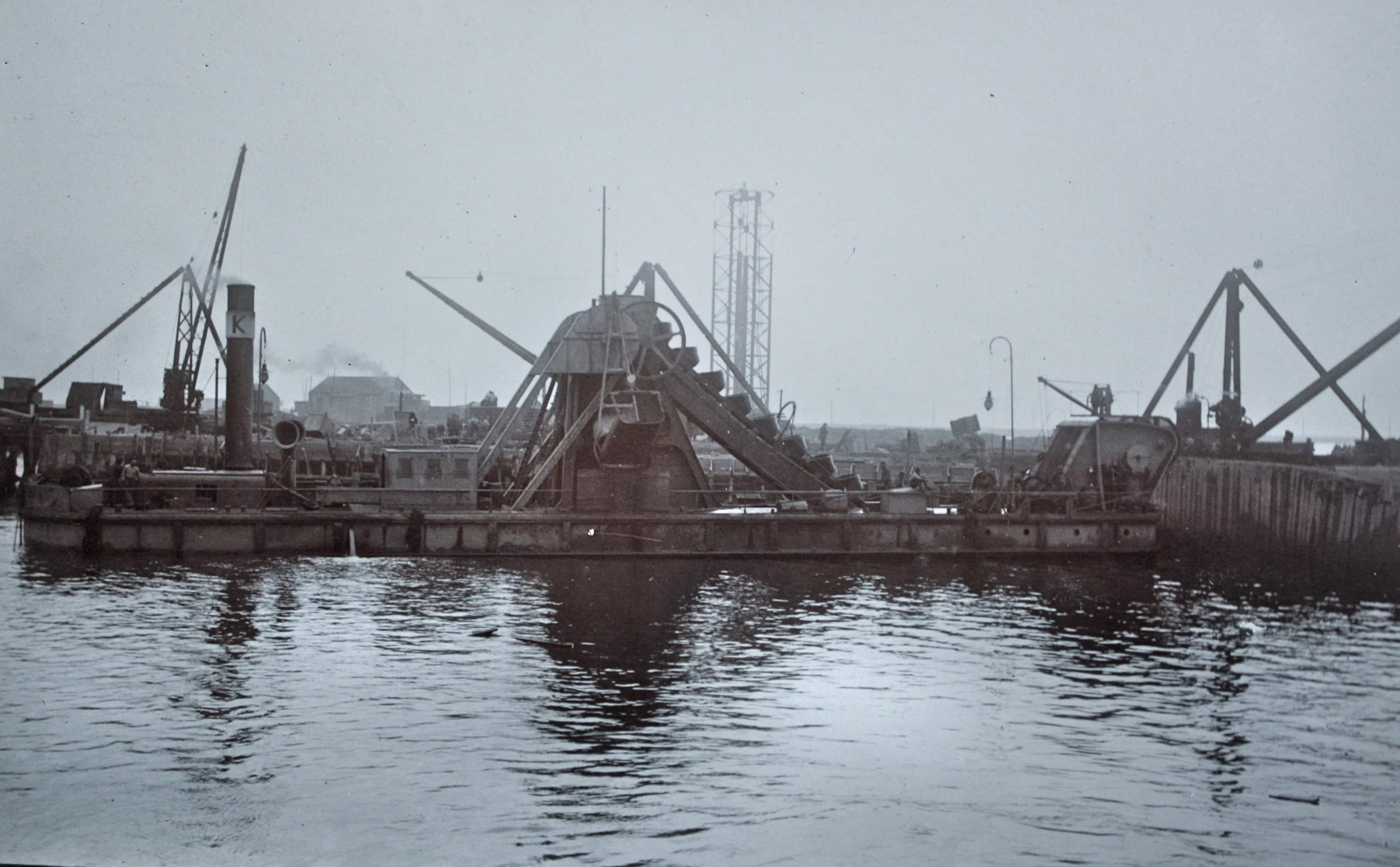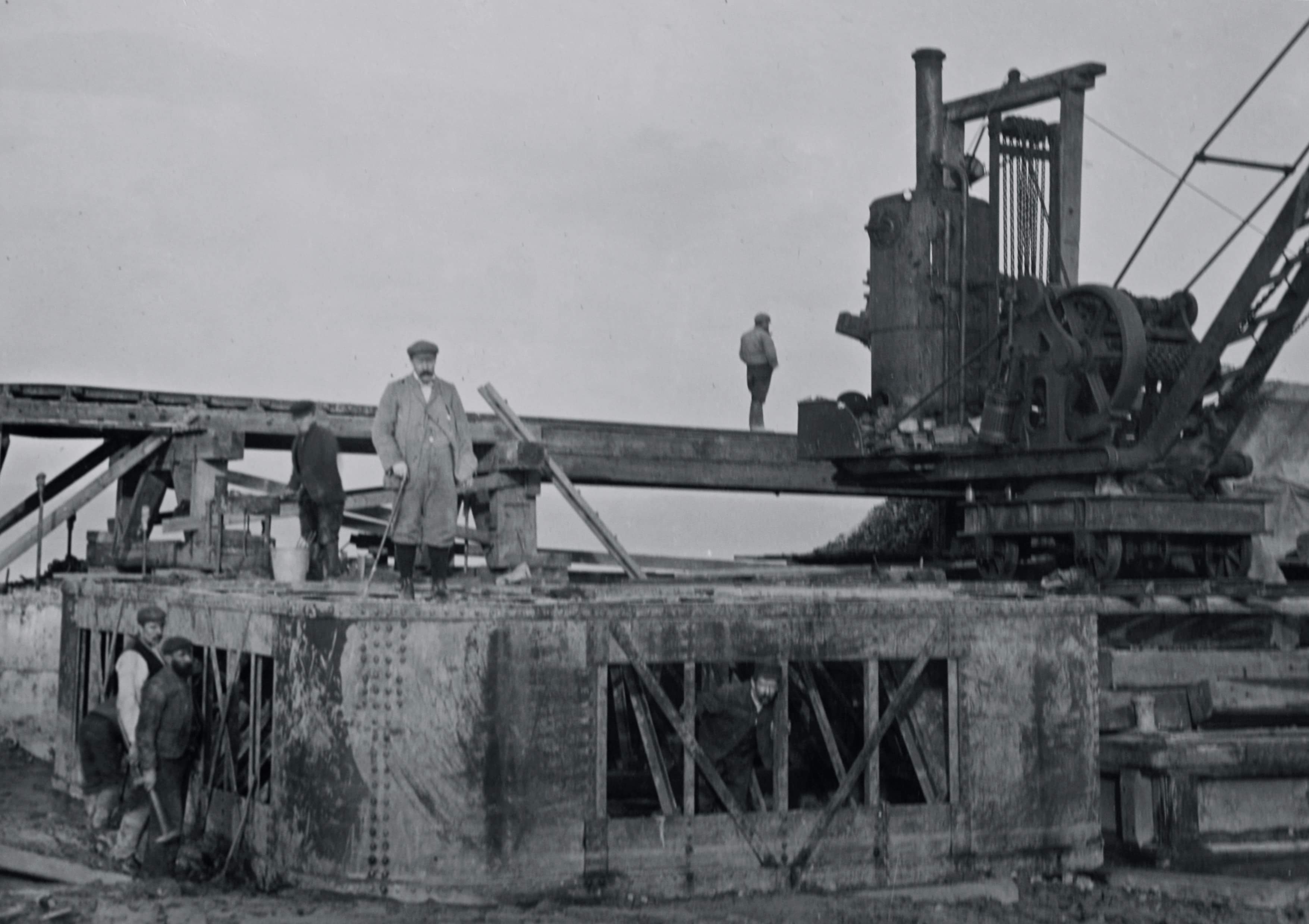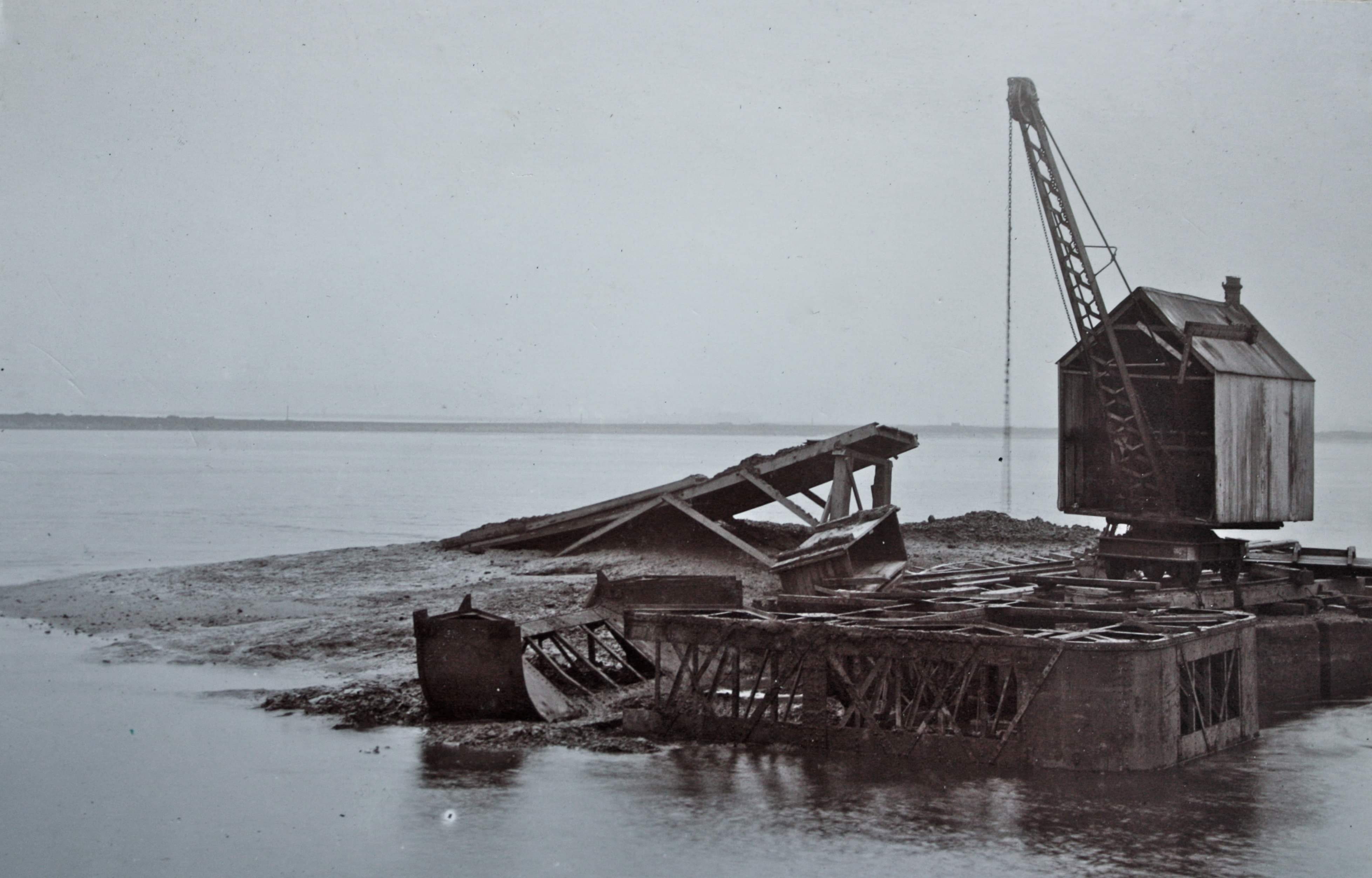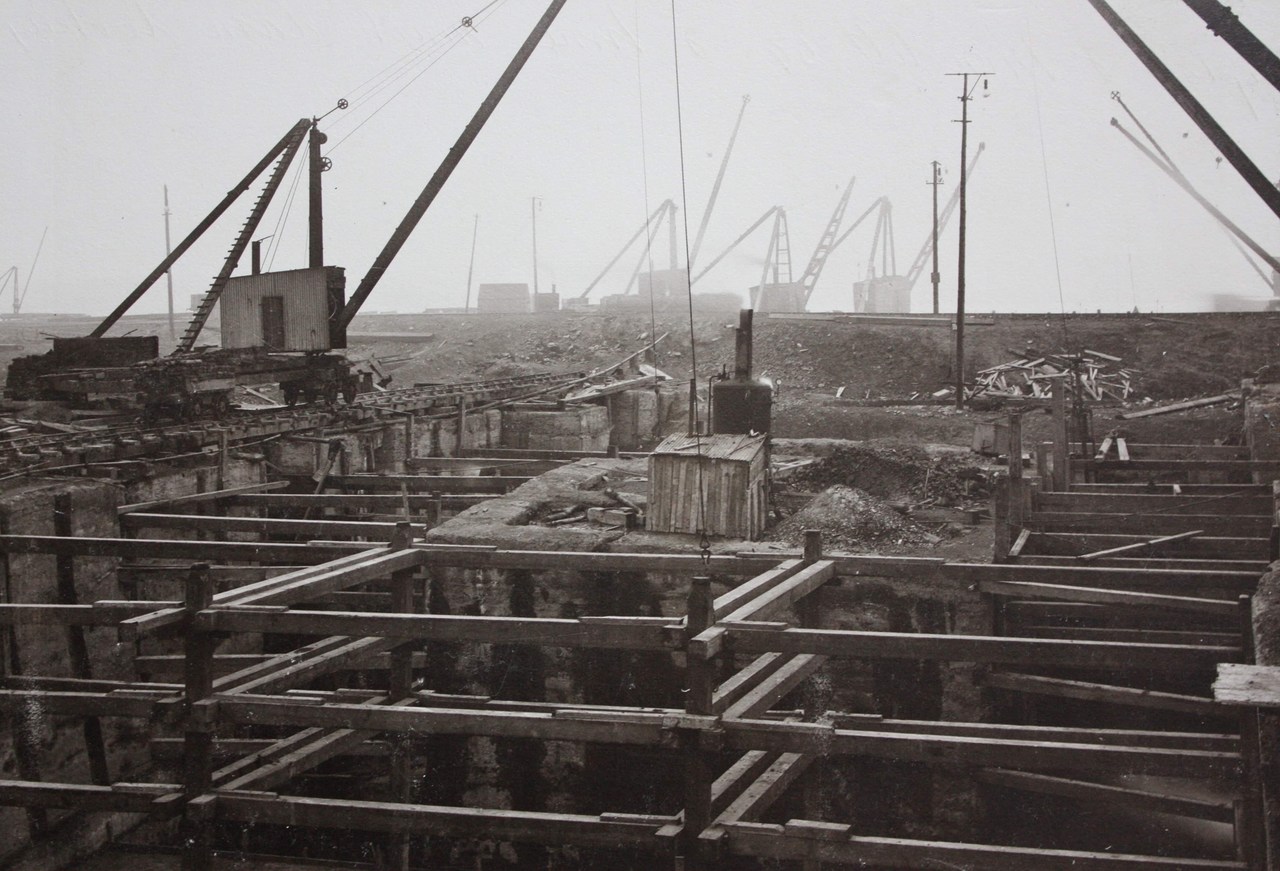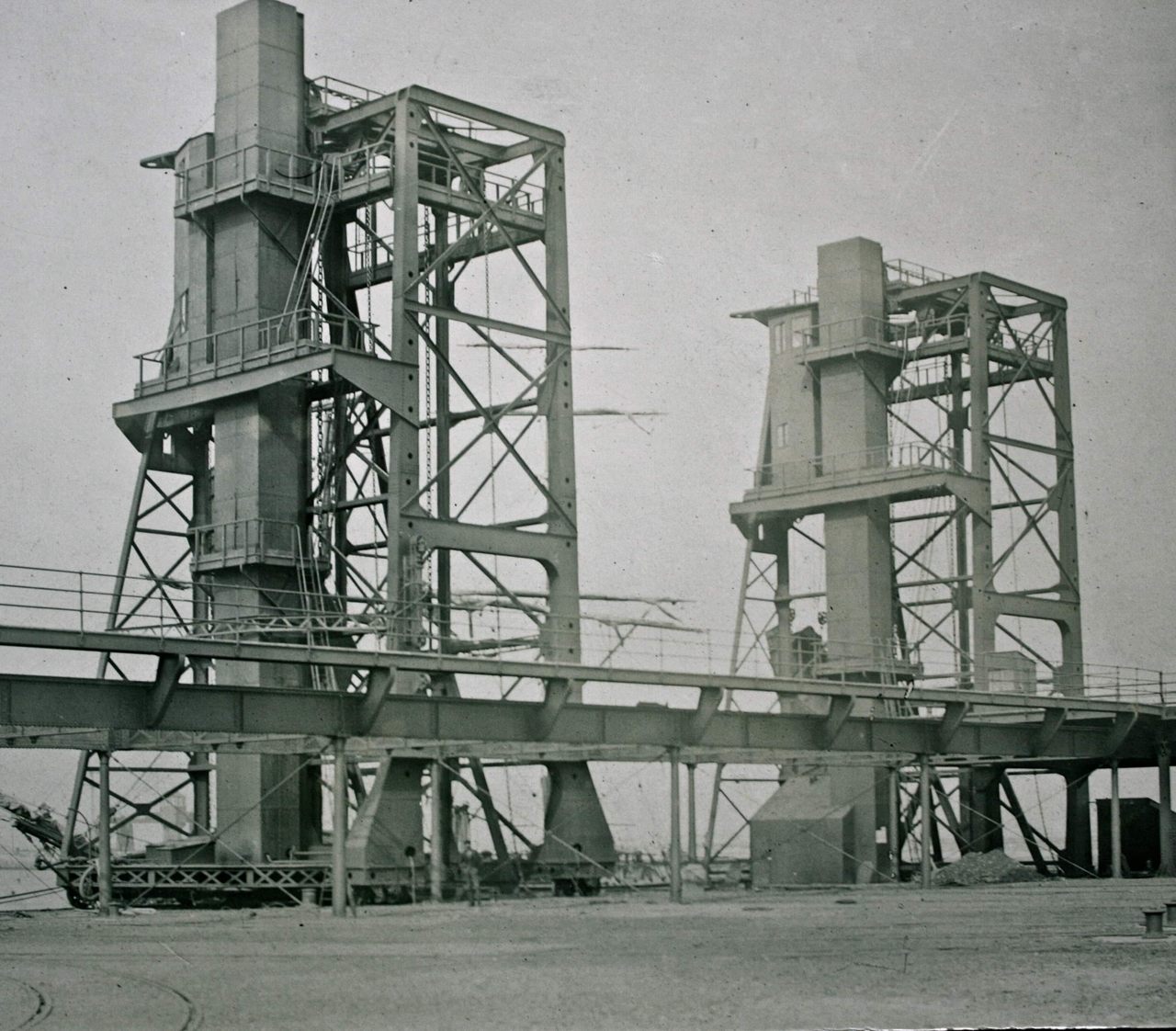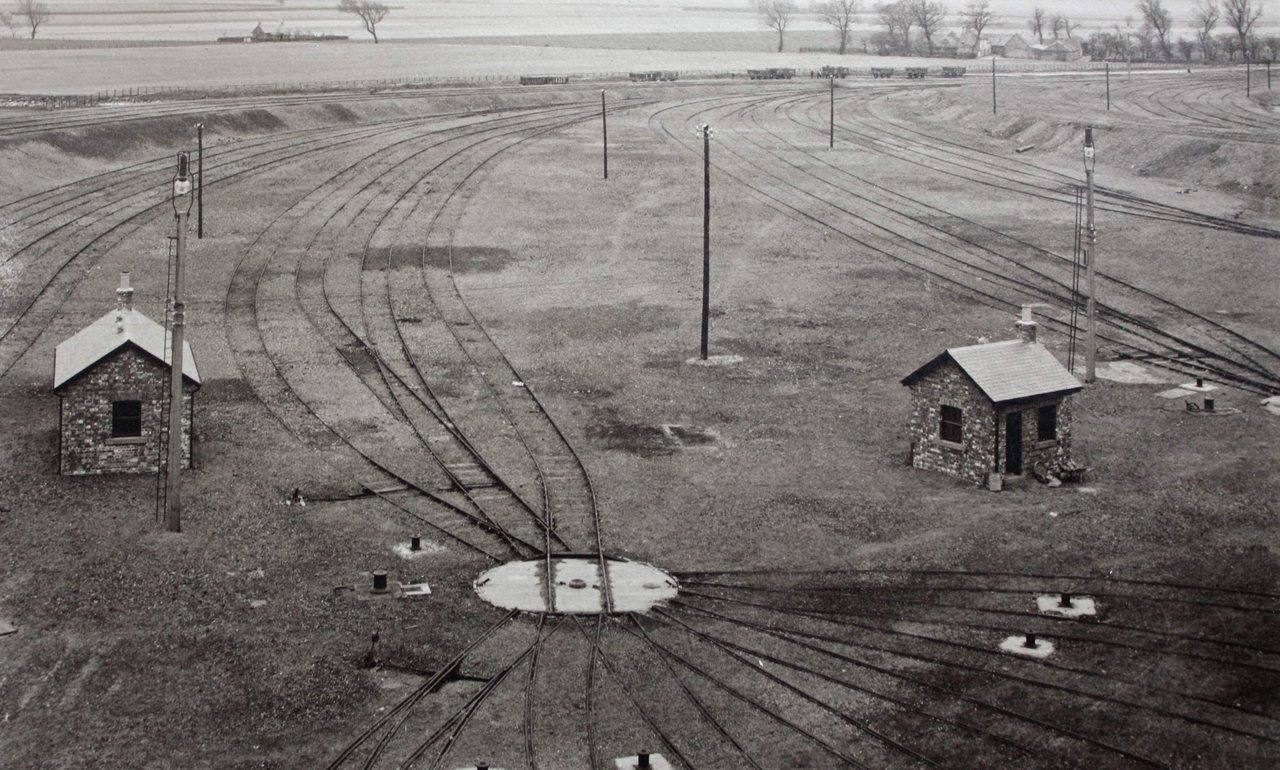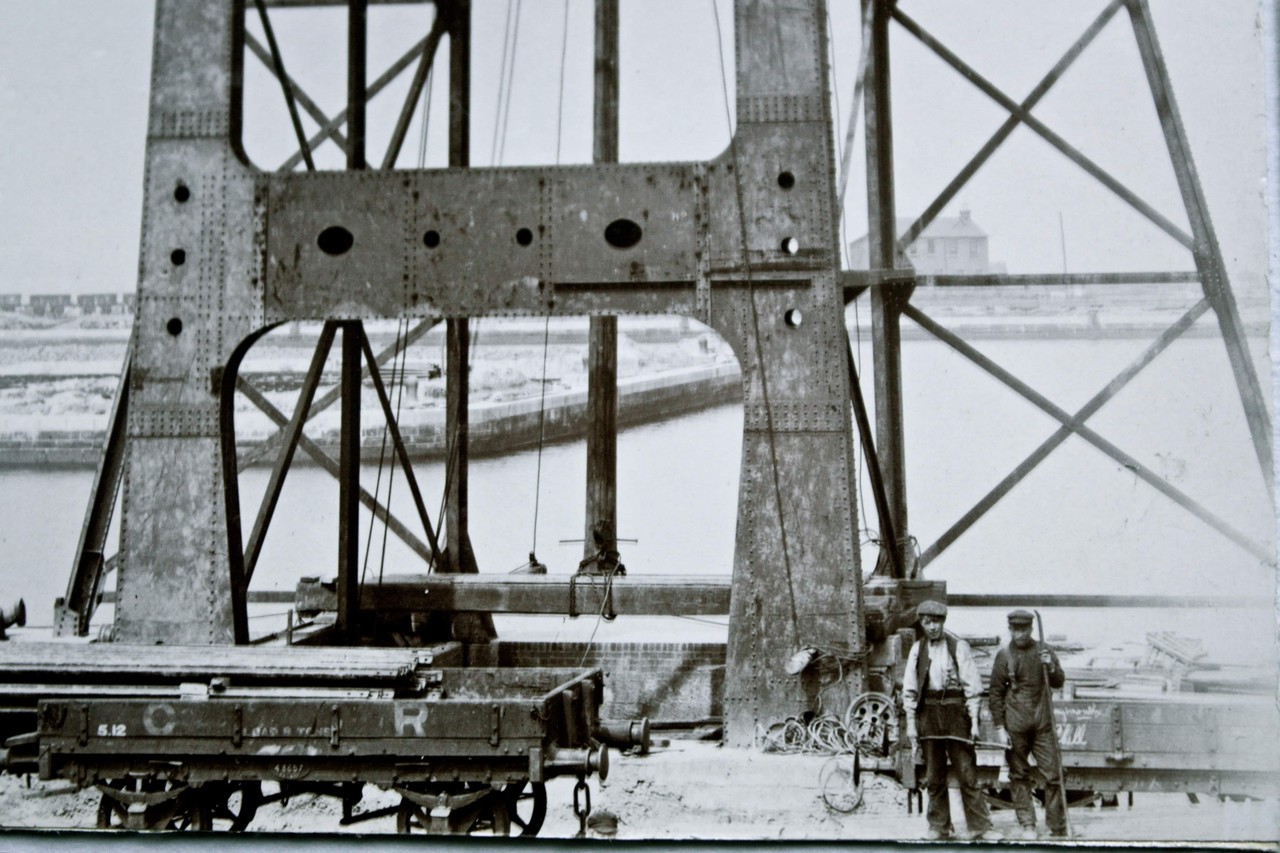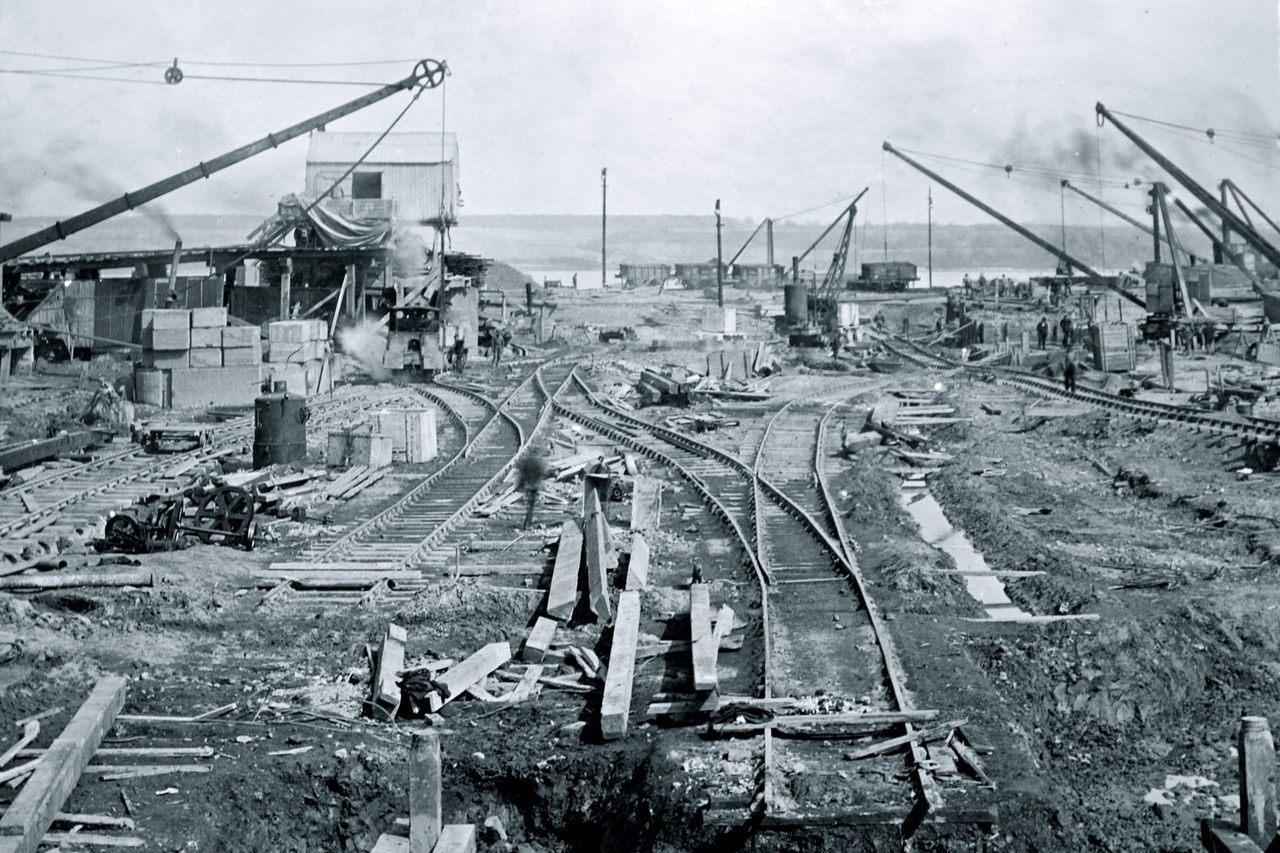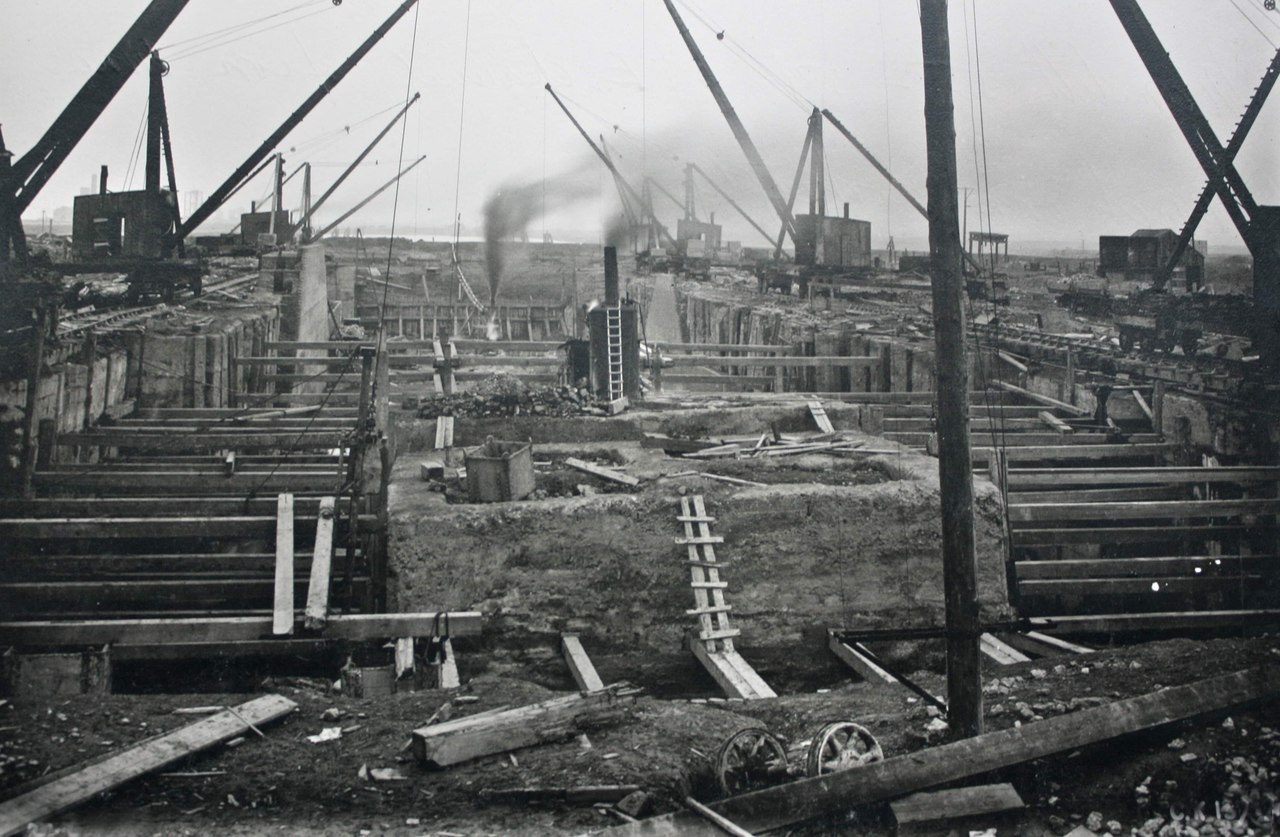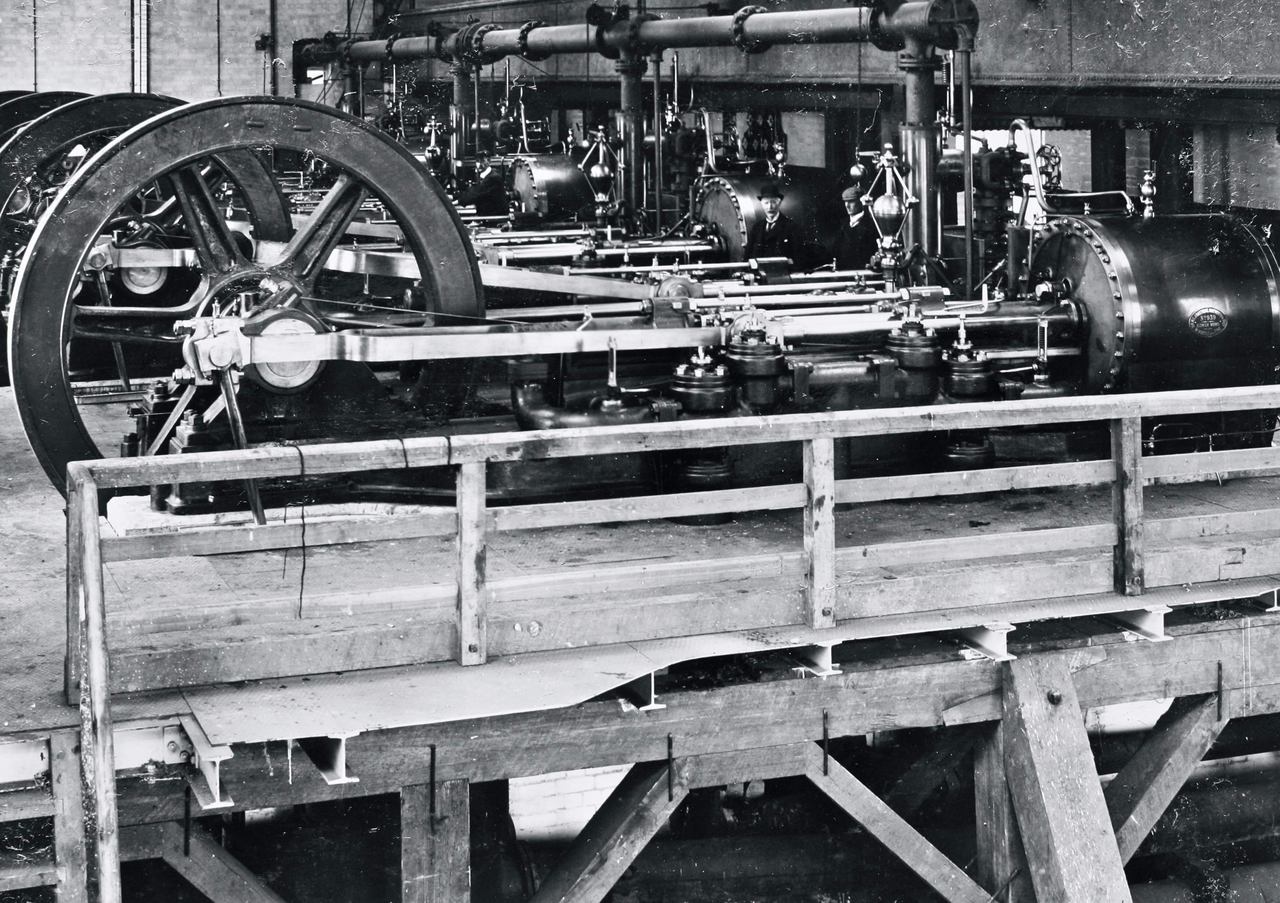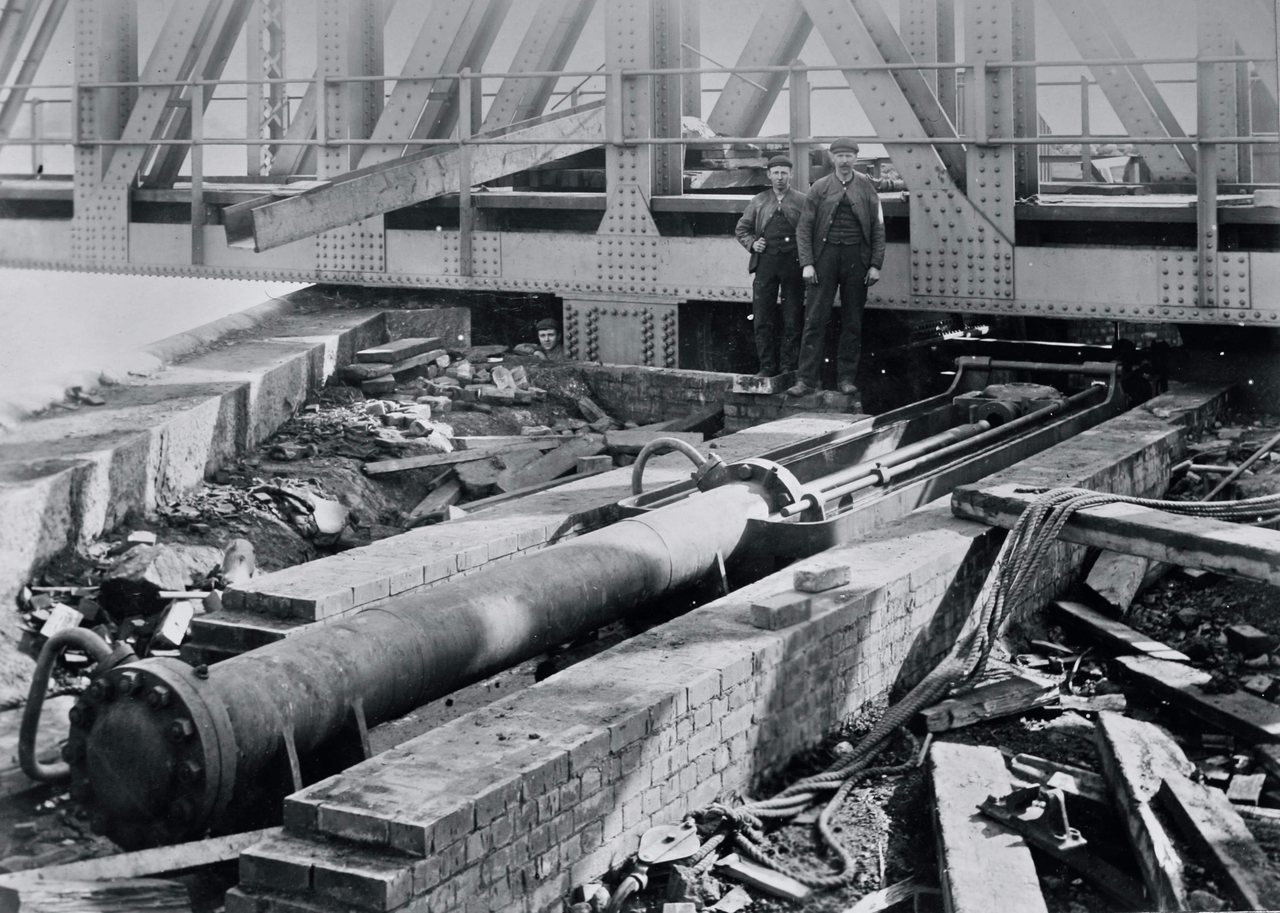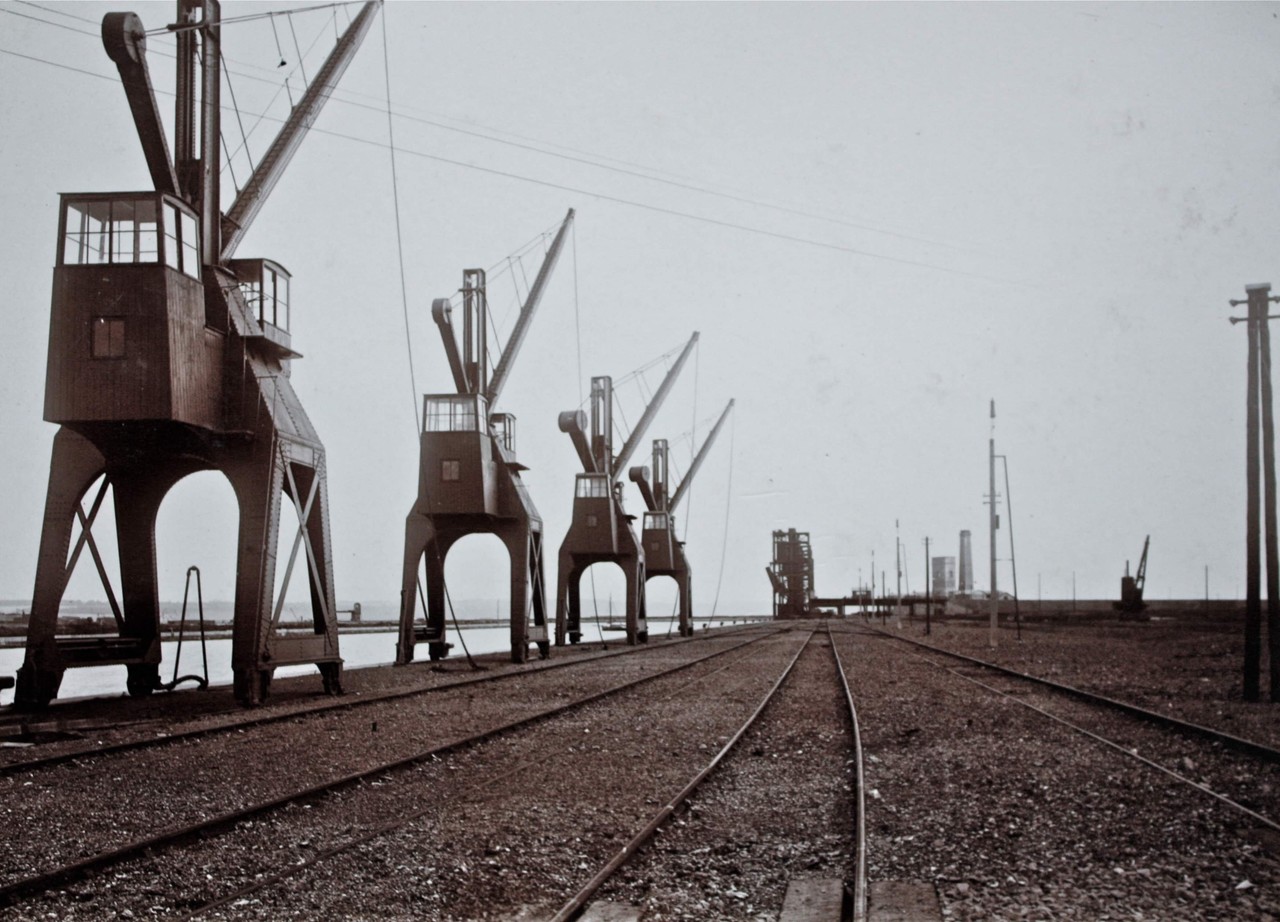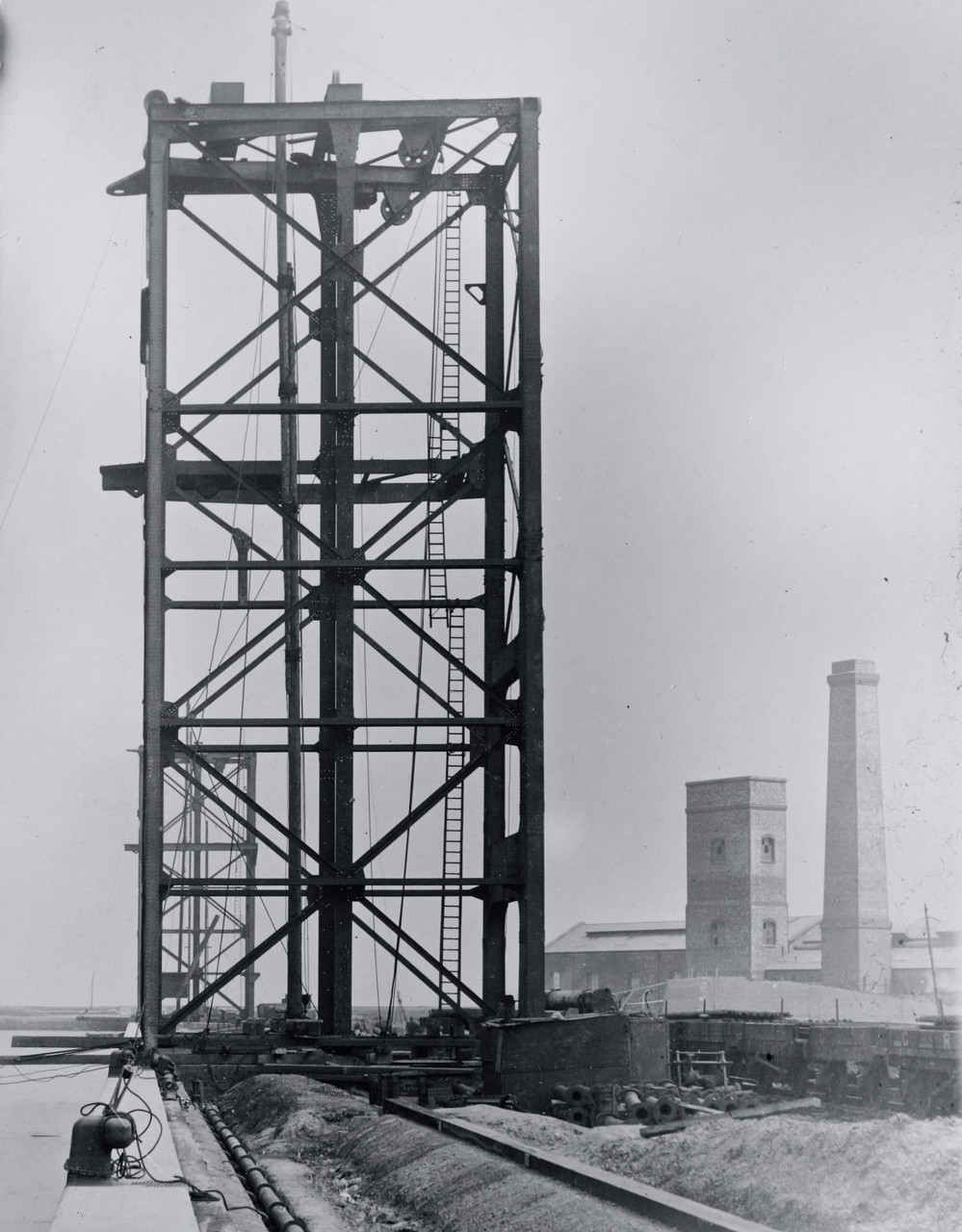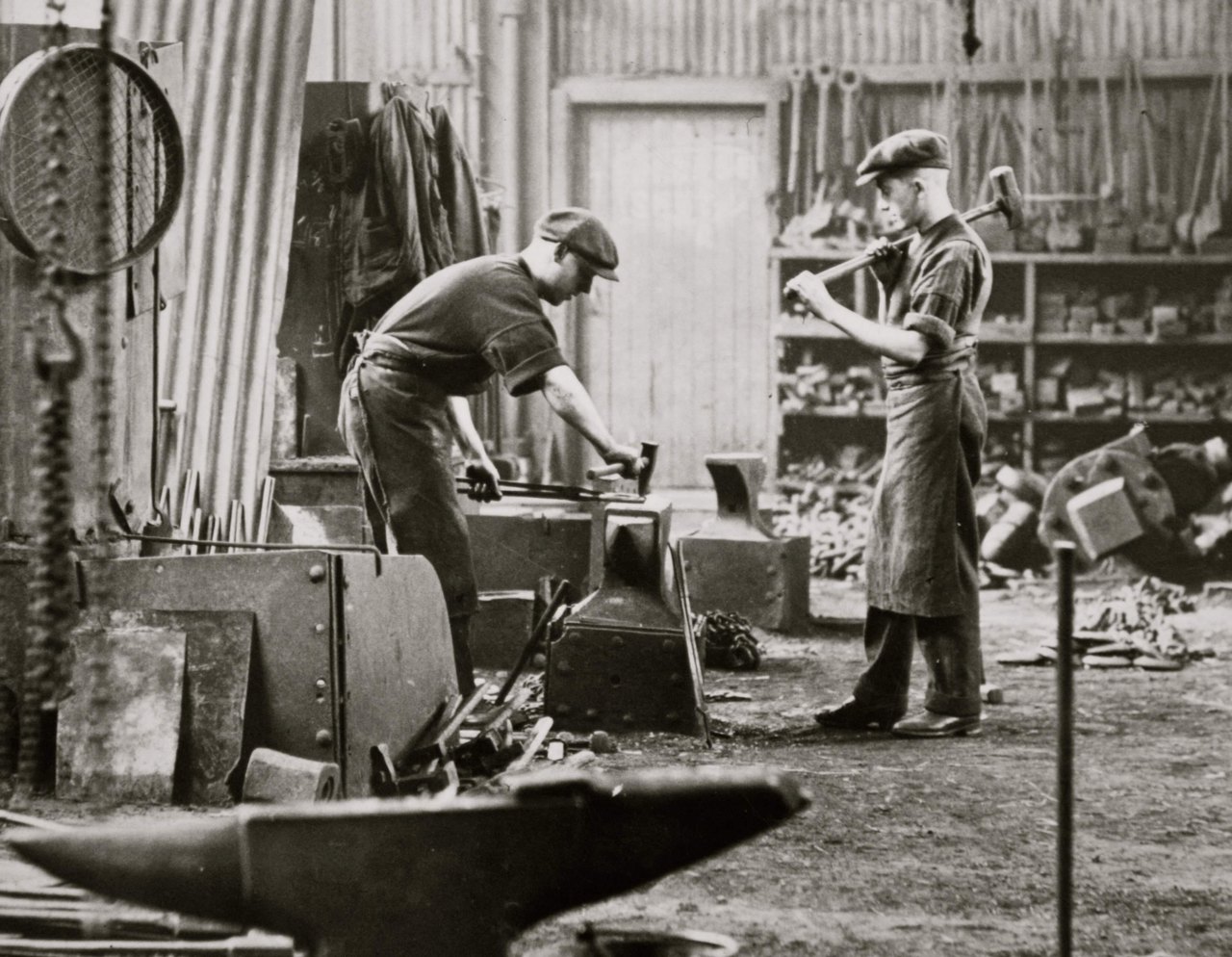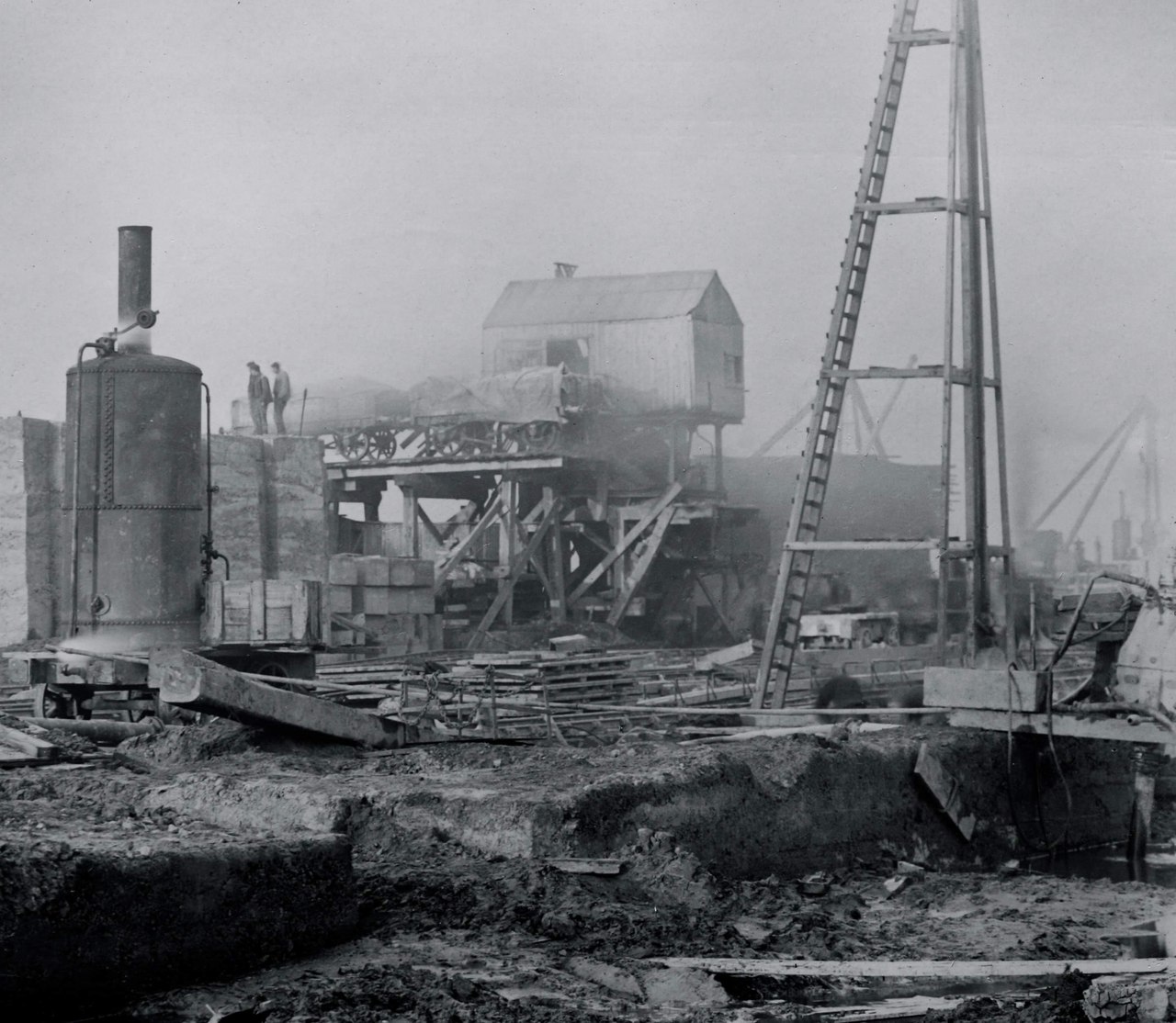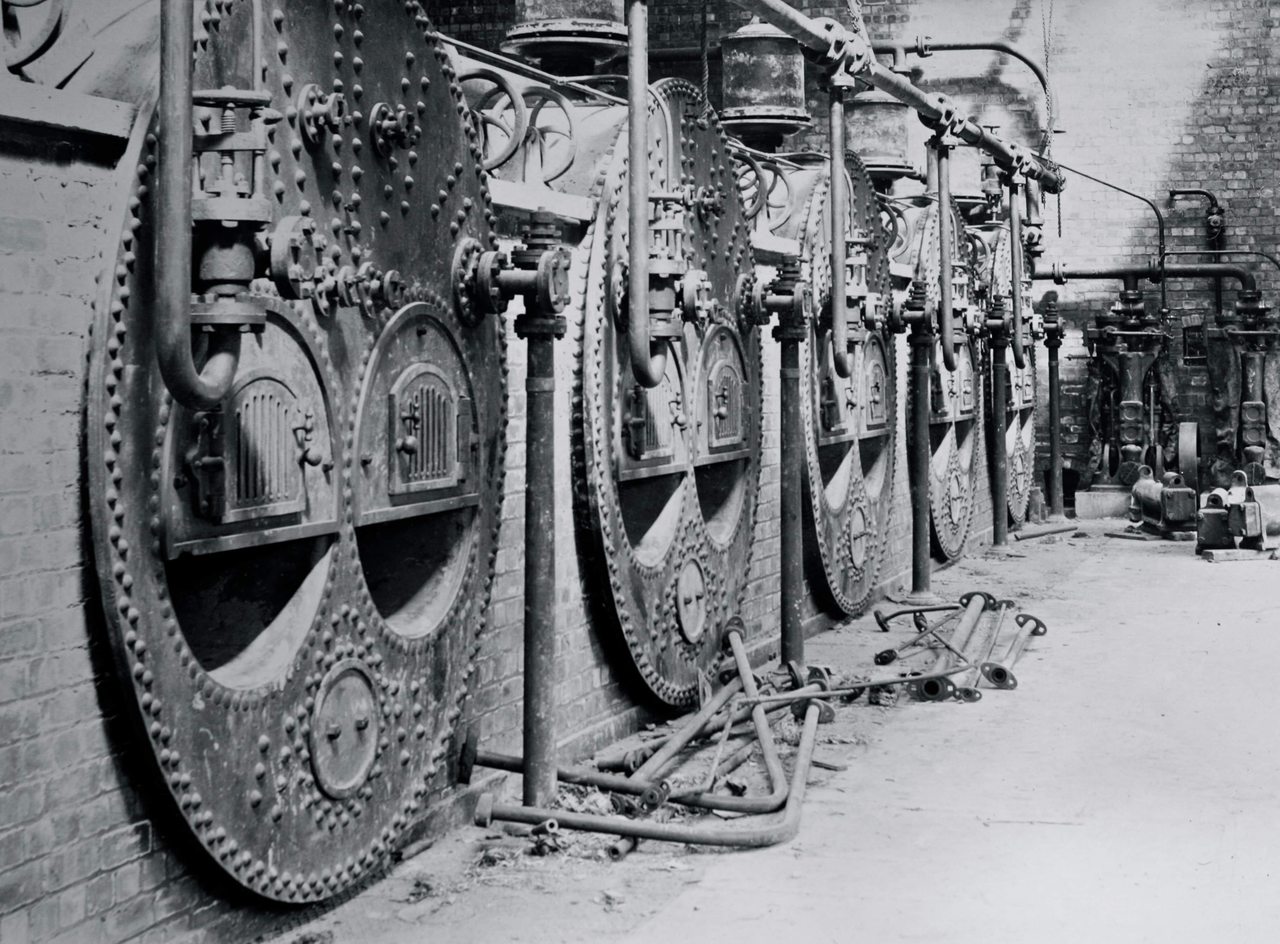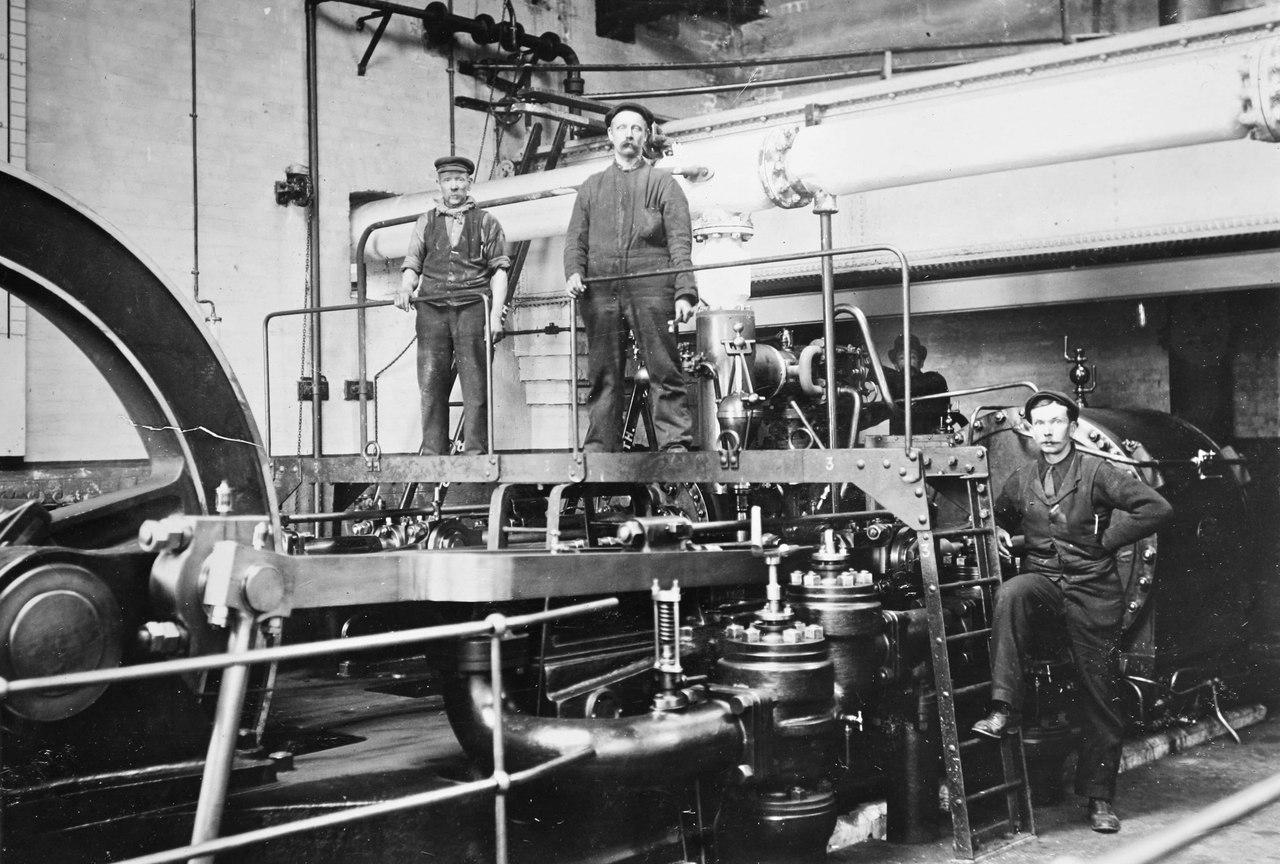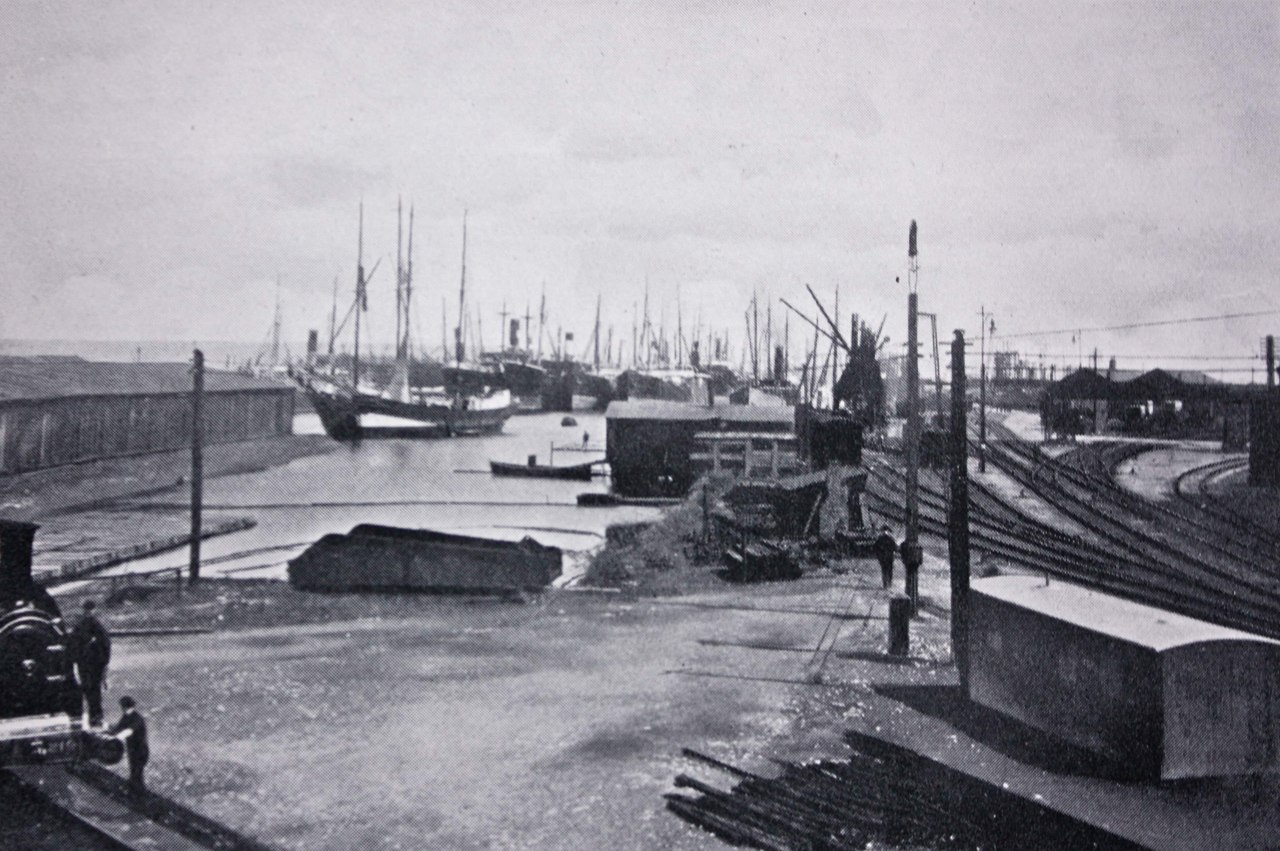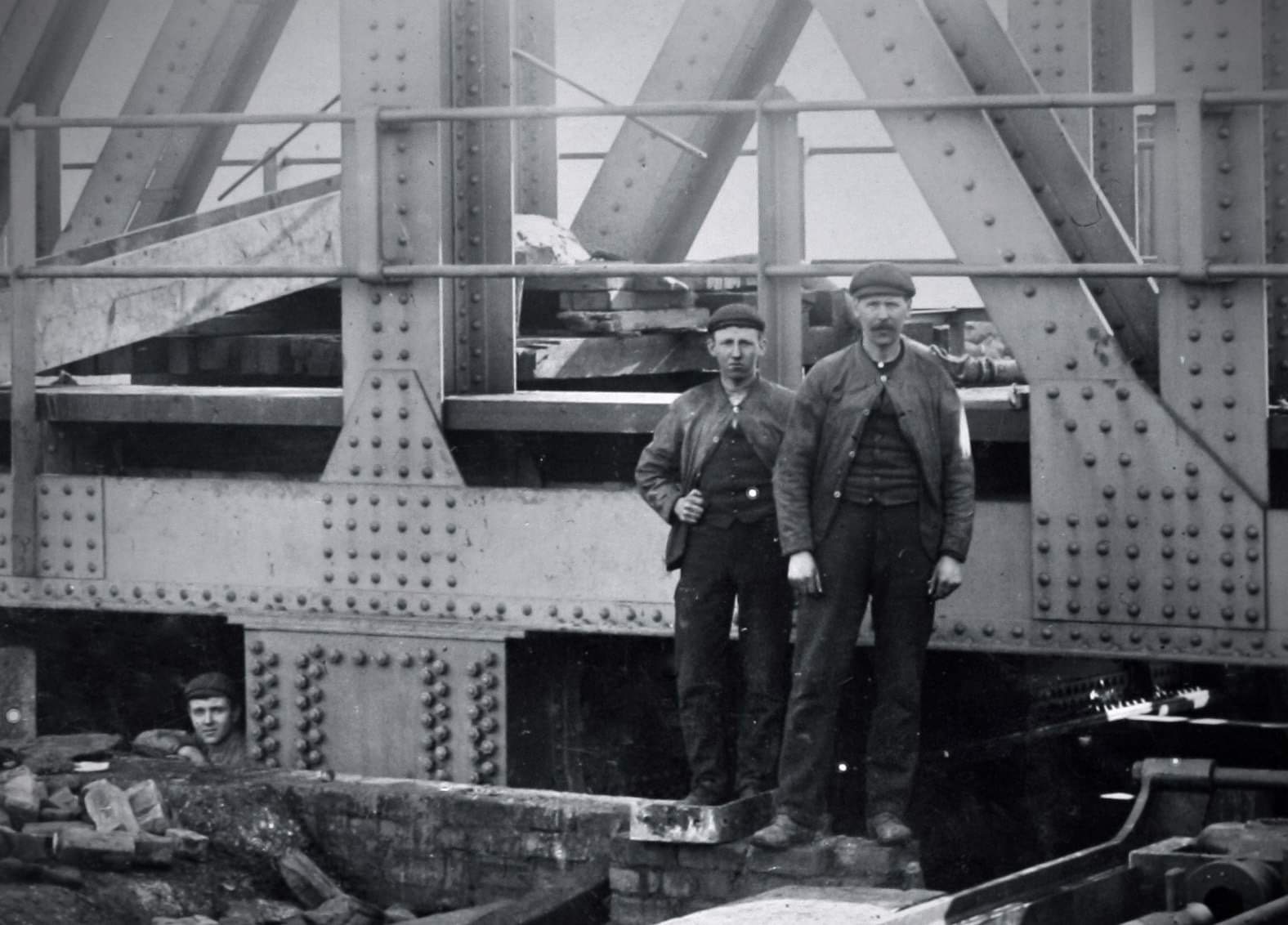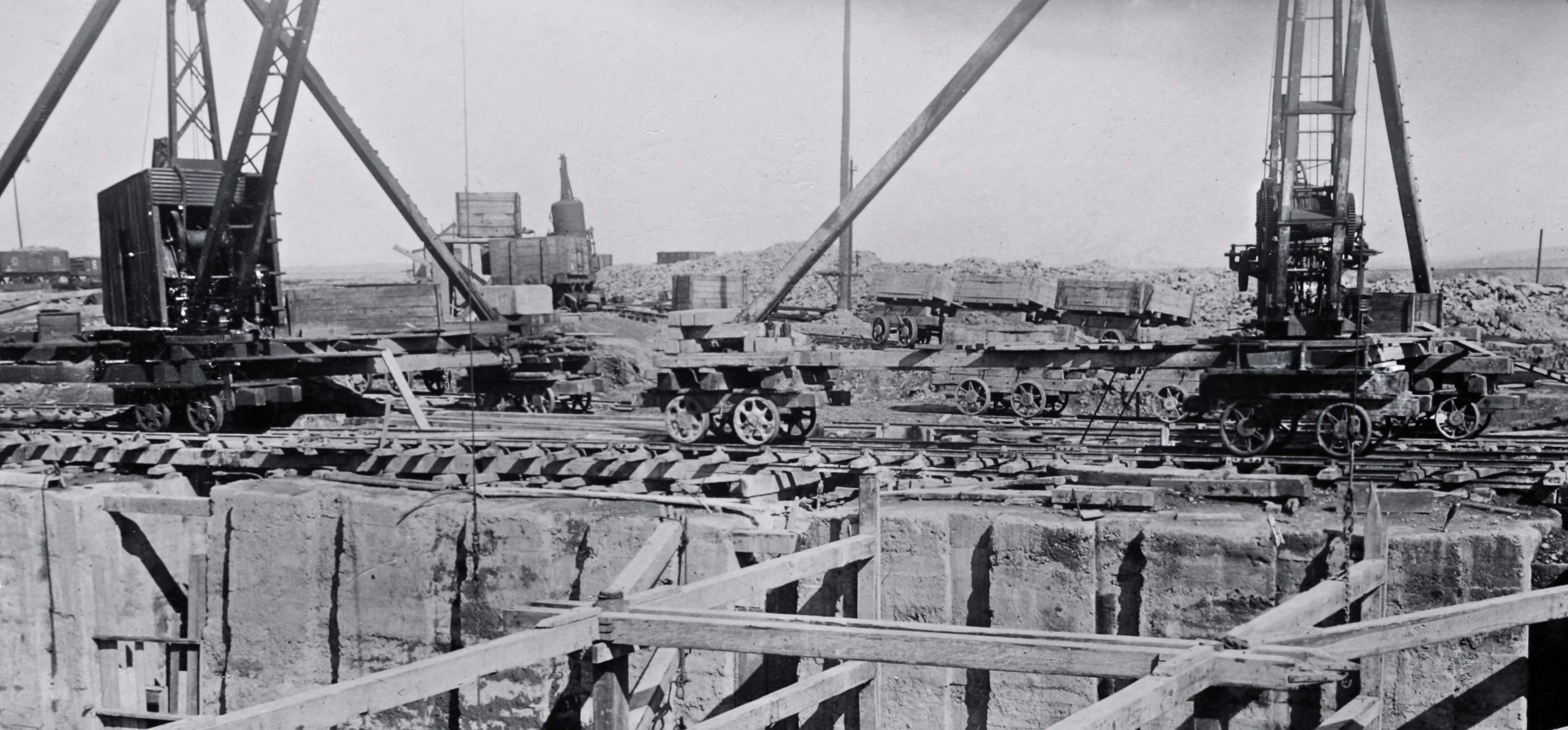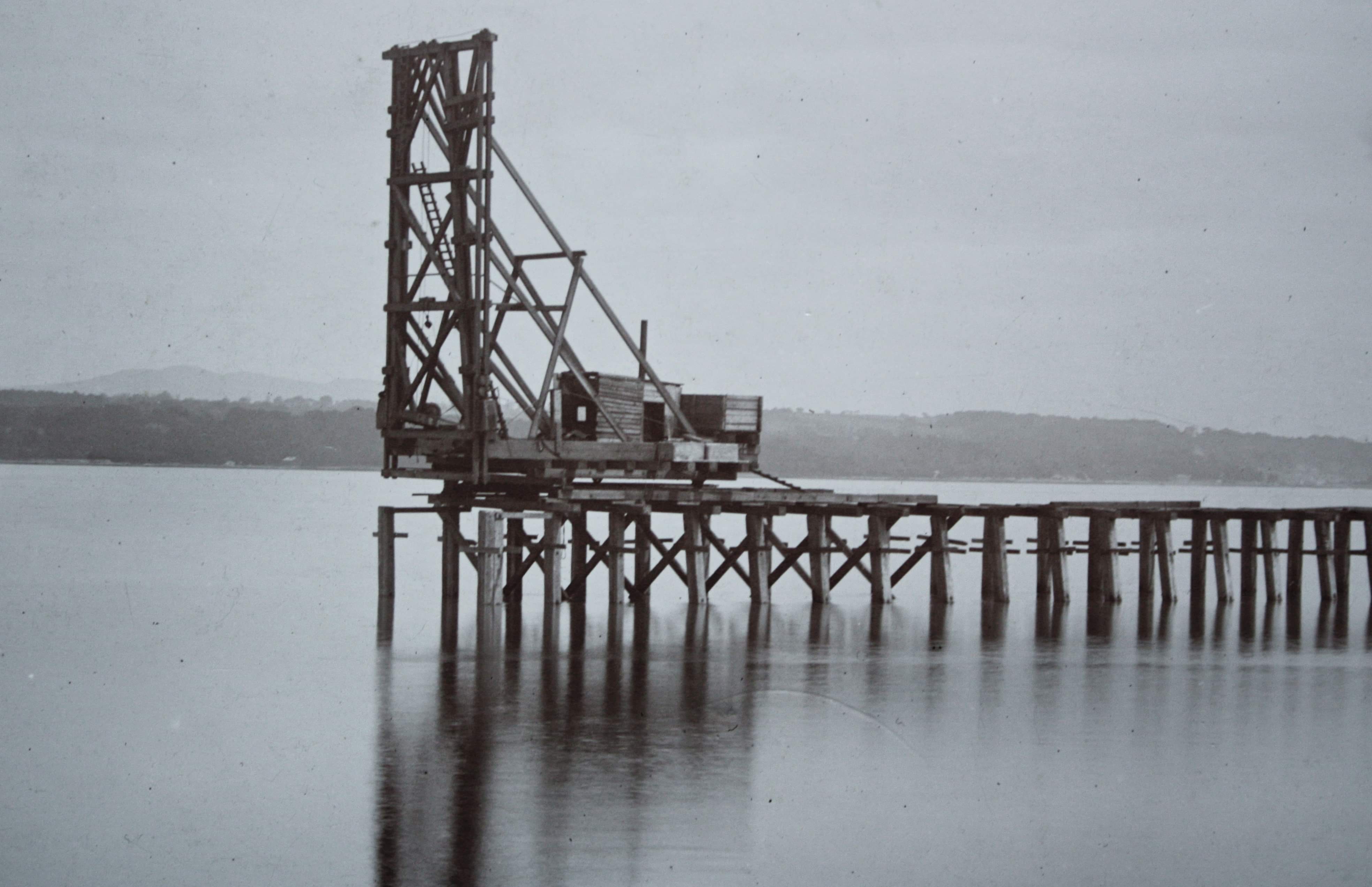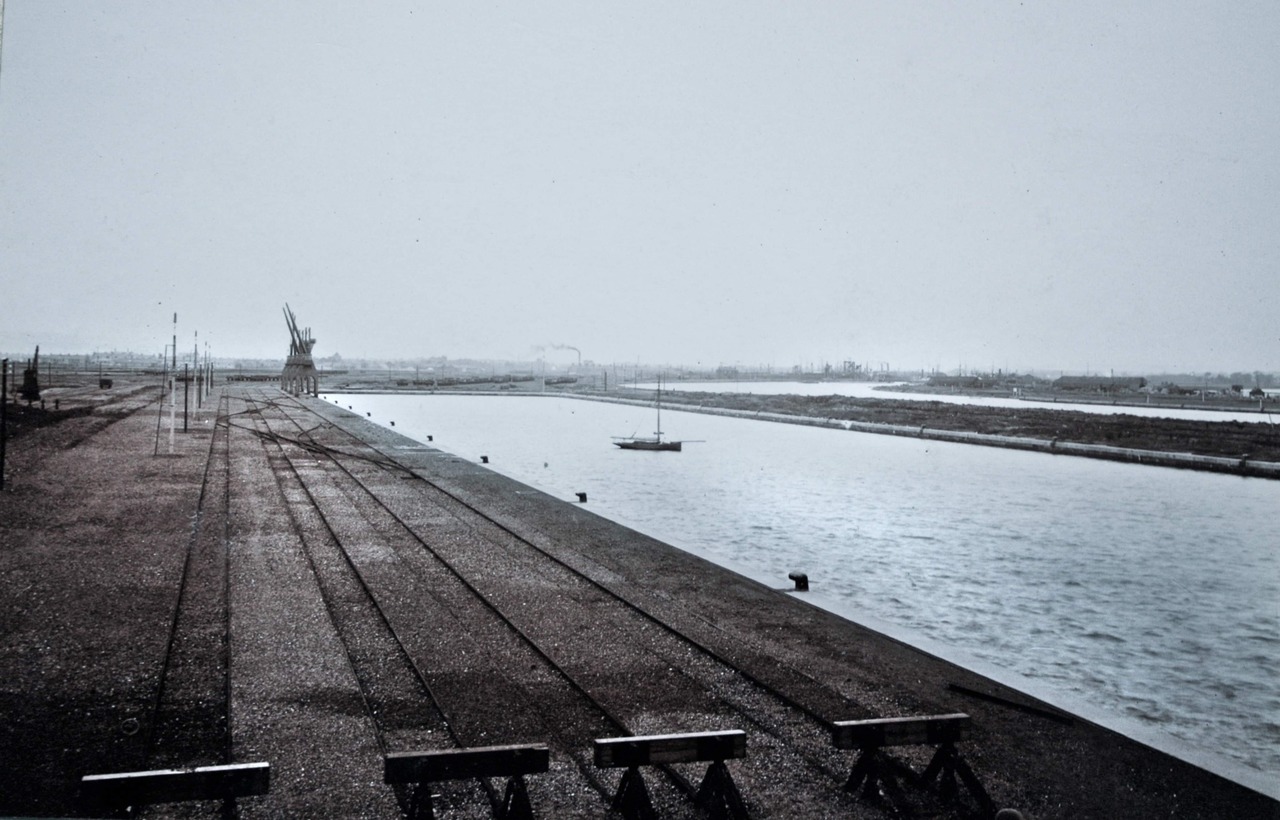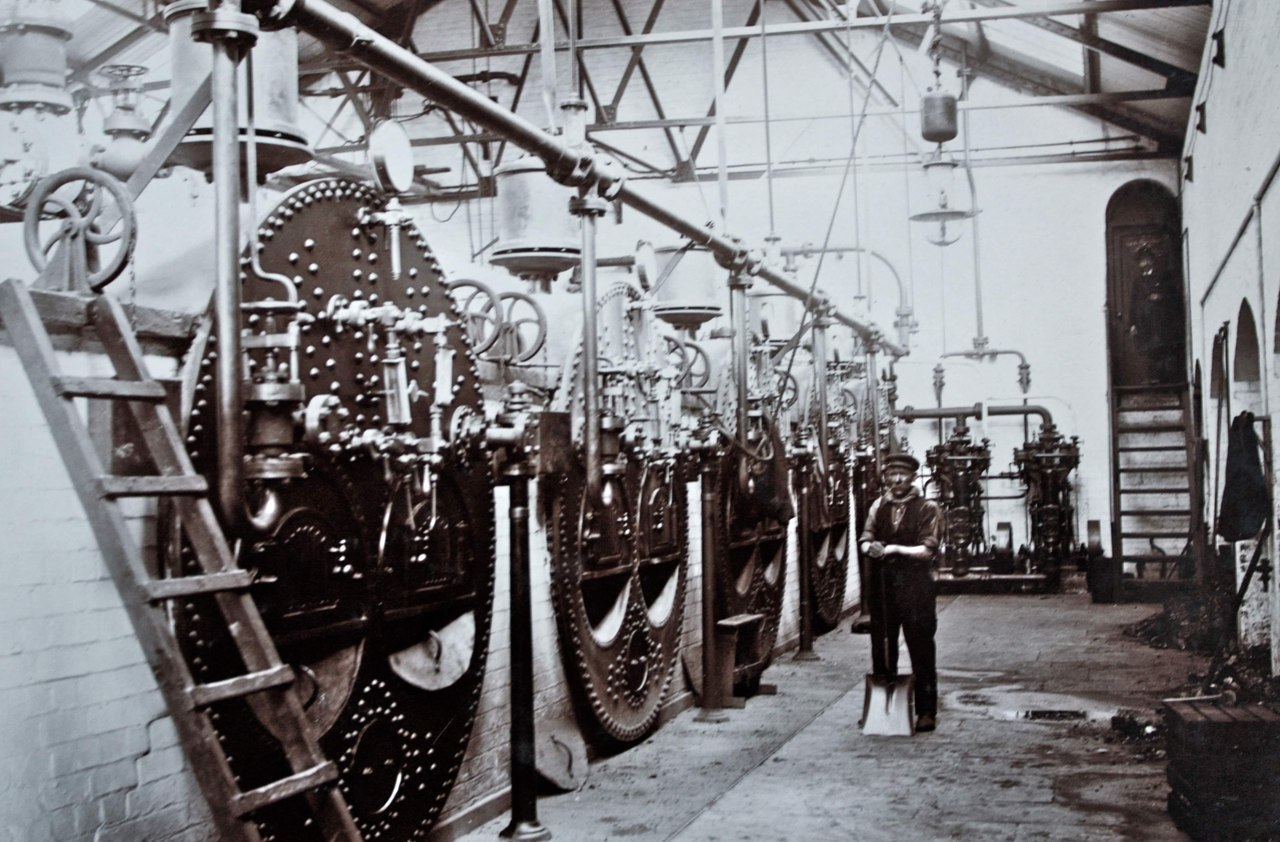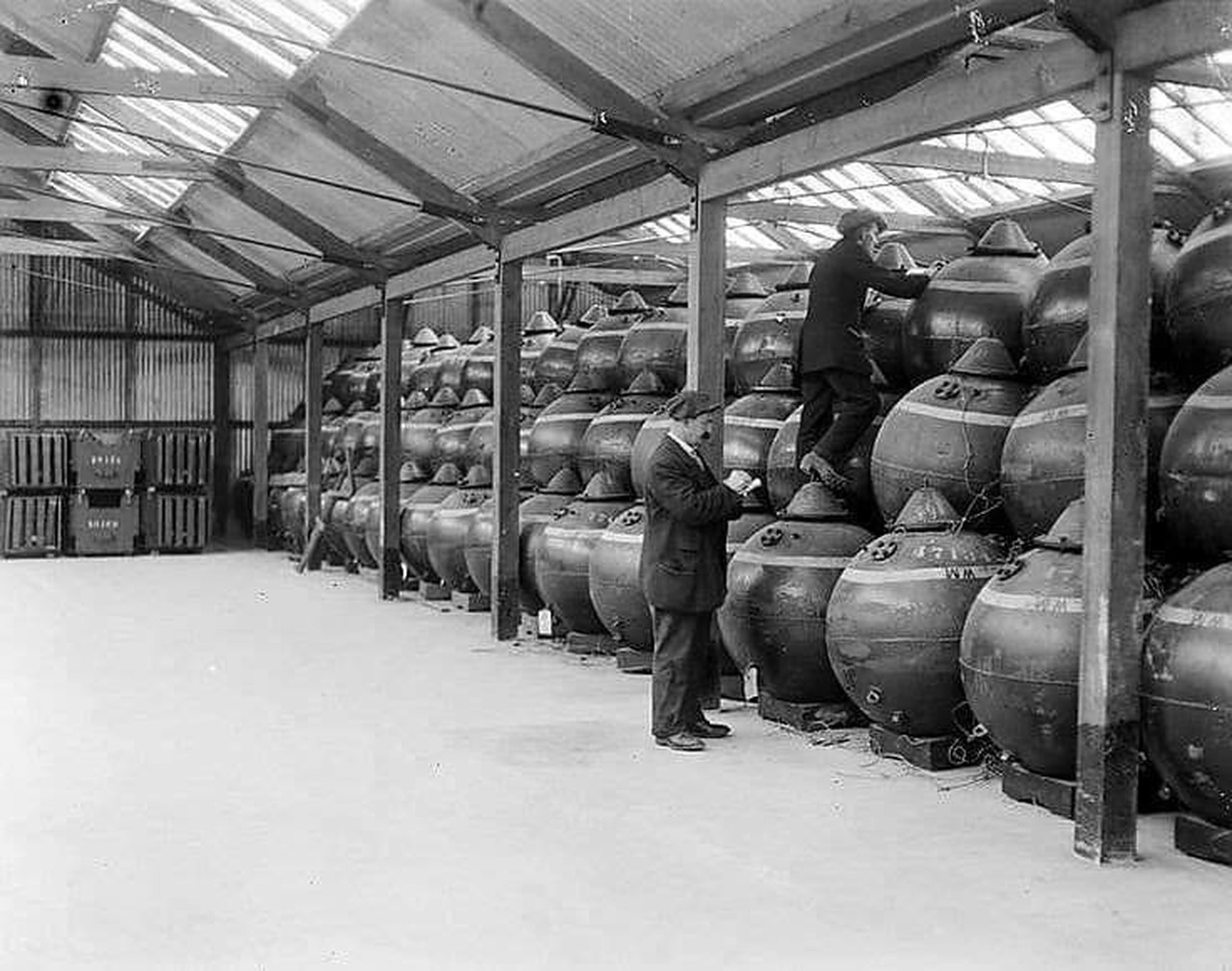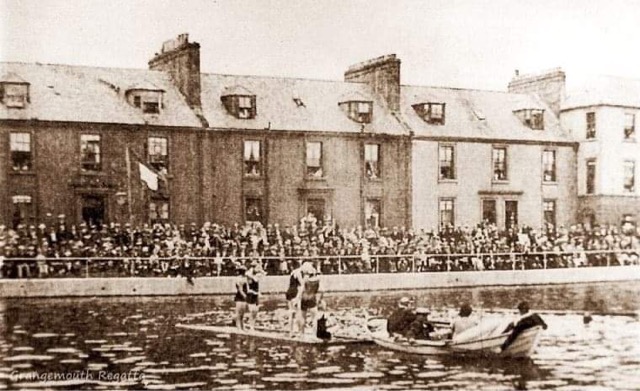Follow this timeline to learn about the history of Grangemouth docks, and enjoy trying to figure out how the dockworkers got their nicknames, listed below.
Timeline:
1767
Formation of the Forth and Clyde Navigation Co.
10 July 1768
Sir Laurence Dundas cut the first spadeful of earth of the Forth and Clyde Canal. He purchased Kerse Estate in 1752 and invested £10,000 in the project.
1772
Sir Laurence laid the foundation stone of the first house in the village, then known as Sealock, which later became Grange Burn Mouth.
1781
Sir Laurence died.
1782
Sir Laurence’s son Thomas took over and renamed the settlement Grangemouth.
1783
Construction of the Canal Basin, the Old Harbour and straightening of the River Carron and Carron Wharves.
28 July 1790
Forth and Clyde canal complete.
1799
Grange Burn rerouted to make way for the Sea Lock.
1836-43
Agreement reached to construct a Wet Dock with a Locked Entrance from the River Carron plus a junction canal to the Forth and Clyde Canal. Dredging of the River Carron and the Grange Burn rerouted again.
12 July 1843
Wet Dock officially opened. Timber was the major import and 2 timber basins were constructed.
1855-59
Creation of the Junction Dock by expanding the Junction Canal and linking to the Old Harbour.
1861-62
Forth and Clyde Company opened a railway branch line for goods and passengers.
28 May 1866
Caledonian Railway Company took over the Forth and Clyde Navigation Company.
1876-82
Construction of Carron Dock, due to overcrowding of the Old Dock and Junction Dock – beforehand ships sometimes had to lie out on the river for several weeks.
15 Jan 1884
Grangemouth Docks were the first to install electric lights.
1892-6
Shipping still on the increase; more expansion required.
1897
Parliament approved expansion plans to give direct access from the River Forth, involving more dredging to reclaim land.
1897-1905
Controversy caused by the export of work-worn horses to Germany for human consumption as horses here were being replaced by machinery.
1898–8 Oct 1907
The Grange Dock: construction took 3 years longer than anticipated and included the building of 40 additional miles of new railway sidings, a hydraulic swing bridge, rapid, loading electric cranes and coal hoists; the Grange Burn was rerouted again. Many local companies had to relocate including the Grangemouth Iron Co, and Brownlee’s and Muirhead’s Saw Mills.
1908-14
Traffic continued to grow and a second railway line was opened. Grangemouth continued to trade in coal, timber, iron ore and steel as well as customised pit props from the Baltic. Regular services were maintained with all major ports in Northern Europe.
28 June 1914
War declared.
06 July 1914
Military Guard was set up at Grangemouth Docks; no entry without a military pass.
13 November 1914
Port was taken over by the Government; no merchant vessels allowed within 1 mile of the Forth Bridge without permission and then only with an authorised pilot on board. Grangemouth Dock was then known as HMS Rameses.
WWI
Establishment of Mine Manufacturing and Training School, staffed by both civil and naval personnel. Women were found to be particularly adept at assembly of the intricate parts of the mine.
25 Dec 1918
Port reopened to trade.
Post-1918
Dockers queued to be selected for jobs as day labourers.
1919
Anglo Persian Oil Co. became Scottish Oils Ltd; imported Crude Oil from the Persian Gulf, coinciding with the reduction of Shale Oil Production.
1923
Coal no longer the largest cargo; overtaken by timber and oil. Caledonian Railway Co. taken over by London and Midland Scottish Railways.
Docker’s Nicknames 1950+
Lots of the men working on the dockyards had nicknames. See if you can figure out how they got them!
Aindow L. – Scouse
Alexander George – Crow
Anderson J – Sheeter
Baird John – Jonah
Balloch Adam – Keek
Balloch M Young – Keek
Barnham G Durham – Duck
Beattie Jimmy – Beaties Bread
Bell Eddie – Acker
Bell John – Majority Jock
Binnie Jock – Boomer
Boyne Derek – Pa Pa
Brown Alex – Hen Broon
Brown Jock – Peacock
Brown Steve – Goo Goo
Brown – Wum
Bryce Jock – Puddock
Campbell Donald – Hiram Holiday
Campbell Ian – Scunner Campbell
Campbell M – Gogs
Carson Willie – Kit
Clarke W – Zulu
Clason – Hooky
Coleman Jock – Brickets
Collins D – Dog
Collins Ronnie – Rolland Rat
Cook A – Cookie
Cowan I – Cowboy
Craig Jock – Early Bird
Crawford Willie – Chow Crawford
Croy D – Crocket
Cummings D – Smiler
Curtis R – Gutty
Curtis R – Tony
Davidson R – Tricky Dickie
Day Jock – Doris Day
Dickie Willie – Sunny
Dickson Jim – Jinky
Doig I – Foghorn Leghorn
Dow Jim – Ginger
Ferguson Peter – The Snake
Forrester Kenny – The Farmer
Frazer A Palmers – Monkey
Gardiner R – Karate
Gatons Peter – Sneaky Pete
Gemmel J – Monny
Gibson J – Gibby
Gillespie D – Fiddes
Grant Jock – Black Jock
Grassie J – Peem
Hamilton R – Hammy
Hardie J – Helmet
Harley Paul – No Hope
Hector John – Brush
Howarth Jock – Welshman
Imrie John – Tin Milk
Jack Archie – Jaffa
Jack Jimmy – Jelly Heels
Jamieson Ian – Piper
Jenkins J – Jinky
Johnston Charlie – Secret Squirrel
Johnstone Charlie – Charlie The Red
Johnstone W – Piper
Kennedy Neil – President
Kusk Ronnie – The Bo'ness Bus
Laing Wilson – Knocky
Lawless Jack – Faither
Lawson Ken – Fat Controller
Learmonth Peter – Sheriff
Leslie – Chucks
Liddell Andrew – The Goat
Main D – Gas
Malcolm Stewart – Magoo
Marshall Ian – Teeko
Marshall Jock – Shaft
Martin D – Wee Mickey
Martin John – John Boy
McDonald Joe – Jerky Joe
McGee G – Tumsh
McGregor Tam – Chapati
McGuigan Jimmy – Gougs
McIntyre Jock – Teuchter
McKay Rab – Gies A Slug
McKerracher Jock – Heather
McKinley Jimmy – The Rat
McKinley Peter – The Count
McNab Russ – Blue
McNab Tom – Chesty
McRae Ian – Po Po
Mentiply W – Minty
Millar G – McShiftie
Mitchell Peter – Mr Wonderful
Monaghan Tam – Rinty
Montgomery Joe – Monty
Morrison George – Mo
Mulrany – Spotty
Ness Jack – Elliot Ness
Nicol Tam – Nasty
Nimmo Sandy – Maverick
Orr Stuart – Oscar
Orrock J – Ockie
Osborne Hugh – Daisy
Parker Gus – Nosey Parker
Paton Peter – Pod
Robertson Andrew – Pinky
Robertson George – Sugar
Robertson R – Ting
Robertson – The Gub
Robertson – Tiger
Robertson Tom – Blackie
Rodger Willie – Jolly Rodger
Rutherford Joe – Rubber Legs
Simpson Jimmy – Iron Man
Smith John – Granny Smith
Sneddon Tam – Seldon
Stewart Archie – Crunch
Stewart Ian – Flipper
Stewart Rab – Sturdy
Stewart W – Gary
Stirling A – Stargazer
Stirling J – Policeman
Tierney Ronnie – Inch High
Tollins Mick – Black Mick
Walker Charlie – Ear Plug Charlie
Wallace Duncan – 4 O'Clock Fiddler
Wallace Jock – The Ghost
Watt I – Badger
Welsh Robert – Budgie
Woods Jock – Timber
Wright Joe – Sexy Joe
Young A – Cutty
Young Tam – Sailor
By Maureen Burns, Great Place volunteer 2020.
